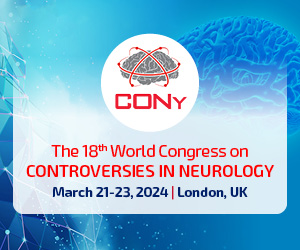Many faces of neuroborreliosis. Case report
Marina Baszkiewicz
 Affiliation and address for correspondence
Affiliation and address for correspondenceIntroduction: Encephalitis is the most severe form of neuroborreliosis. The incidence rate is estimated to be 0.1% of those infected with Borrelia burgdorferi. Material and method: The presented case study is based on the medical documentation of the patient. Case study: This report describes the case of a 67-year-old female patient with multilevel degenerative disc disease (C and L–S levels), spinal pain syndrome (L–S level), recurring bilateral sciatic pain for many years, arterial hypertension, with an implanted DDD-R artificial pacemaker, and mixed anxiety-depressive disorder, who was admitted to the Department of Neurology in Biskupiec due to the symptoms suggesting the exacerbation of chronic sciatica. During hospitalization, spinal pain at the Th and L–S levels exacerbated. The patient experienced rib cage, stomach and the pubic symphysis pain, and then she developed psychotic symptoms. In the course of the disease, apart from tension myositis syndrome, neurological examination did not detect neurological deficits, focal symptoms or meningeal signs. Results: When the patient developed symptoms of psychiatric disorders, a lumbar puncture was carried out and encephalomeningitis was diagnosed. Conclusions: The presented case confirms the difficulties inherent in diagnosing neuroborreliosis that can mimic other diseases.








